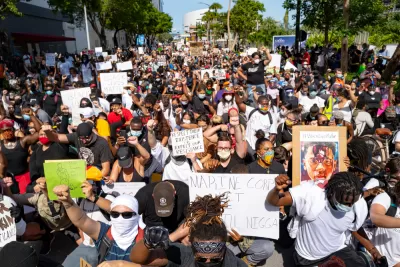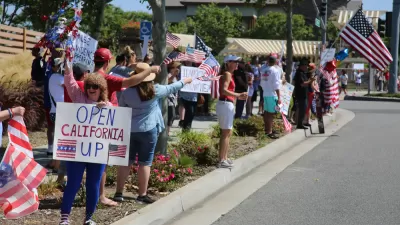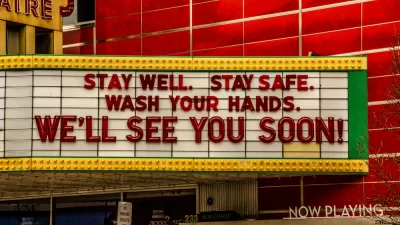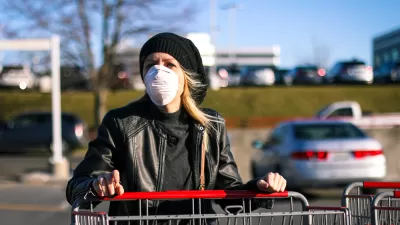While not conclusive, evidence suggests that relatively few transmissions of the coronavirus occurred during the widespread protests that followed the death of George Floyd due to the outdoor settings, being in motion and wearing of masks.

"Now, some public health officials and disease trackers say there appears to be scant evidence the protests sparked widespread outbreaks," reports "Others say that because many states reopened about the same time as the protests, and because of the limits of contact tracing, they simply can’t say for sure."
In other cities, officials were less willing to dismiss the potential role of the demonstrations. Other activities and events are also recognized as contributing to the surge.
On the other hand, actual documentation exists for what are called superspreading events or activities that are largely indoors, such as a church choir practice in Skagit County, Washington, events at a synagogue in New Rochelle, N.Y. and a cult church in Daegu, South Korea.
“While outdoor transmission is certainly possible, it does seem like it happens less frequently and that’s one of the reasons why: Your exposure is going to be higher indoors,” said Angela L. Rasmussen, a virologist at Columbia University.
Related in Planetizen:
- COVID's New Demographic, June 29, 2020
FULL STORY: Protests probably didn’t lead to coronavirus spikes, but it’s hard to know for sure

Alabama: Trump Terminates Settlements for Black Communities Harmed By Raw Sewage
Trump deemed the landmark civil rights agreement “illegal DEI and environmental justice policy.”

Study: Maui’s Plan to Convert Vacation Rentals to Long-Term Housing Could Cause Nearly $1 Billion Economic Loss
The plan would reduce visitor accommodation by 25% resulting in 1,900 jobs lost.

Planetizen Federal Action Tracker
A weekly monitor of how Trump’s orders and actions are impacting planners and planning in America.

Waymo Gets Permission to Map SF’s Market Street
If allowed to operate on the traffic-restricted street, Waymo’s autonomous taxis would have a leg up over ride-hailing competitors — and counter the city’s efforts to grow bike and pedestrian on the thoroughfare.

Parklet Symposium Highlights the Success of Shared Spaces
Parklets got a boost during the Covid-19 pandemic, when the concept was translated to outdoor dining programs that offered restaurants a lifeline during the shutdown.

Federal Homelessness Agency Places Entire Staff on Leave
The U.S. Interagency Council on Homelessness is the only federal agency dedicated to preventing and ending homelessness.
Urban Design for Planners 1: Software Tools
This six-course series explores essential urban design concepts using open source software and equips planners with the tools they need to participate fully in the urban design process.
Planning for Universal Design
Learn the tools for implementing Universal Design in planning regulations.
Caltrans
Smith Gee Studio
Institute for Housing and Urban Development Studies (IHS)
City of Grandview
Harvard GSD Executive Education
Toledo-Lucas County Plan Commissions
Salt Lake City
NYU Wagner Graduate School of Public Service





























